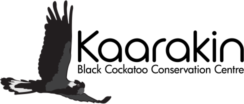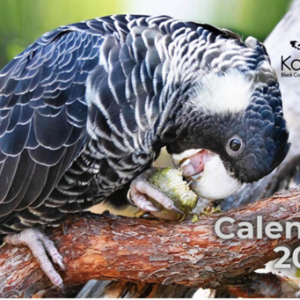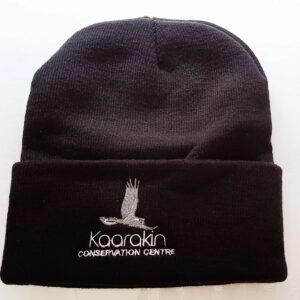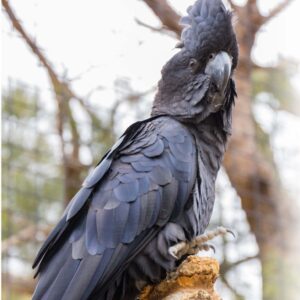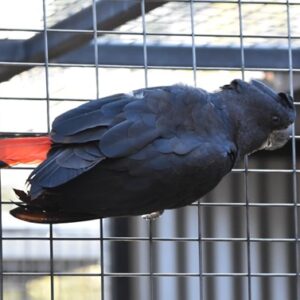Dingoes are Australian animals
The Dingo is a wild Australian native dog. It is known by a variety of species names such as Canis dingo, Canis lupis dingo and Canis familiaris dingo.
The dingo has a unique evolutionary history. It descends from Asian canids, closely related to the New Guinea singing dog, diverging some 5000-10000 years ago before the diversification of modern dogs.
The timing of their arrival in Australia is debated but proposed to be between 3000 to 3500 years ago. Dingoes were geographically isolated from all other species of Canis, they have survived in Australia for thousands of years, flourishing in most habitats, largely without human assistance.
Australian dingoes hold a significant place in the spiritual and cultural practices of many Aboriginal and Torres Strait Islander communities. They feature in Dreamtime stories and ceremonies, on rock carvings and cave paintings. Among indigenous Australians, dingoes were used to assist hunting and as living hot water bottles. Their teeth were traditionally used for decorative purposes and their fur for ceremonial costumes.
Description of the Australian dingo
The dingo is a medium-sized dog with a lean, hardy body that is designed for speed, agility, and stamina. Standing around 60cm tall, the head is the widest part of the body, wedge-shaped, and large in proportion to rest of the body.
Their coats are usually ginger or golden yellow, but they may have reddish, tan and black fur. They typically have white markings on their chest, feet and tip of tail. They differ from domestic dogs in many physical features. The dingoes body is longer than its height, the rib cage extends longer, the skull is high behind the ears, the eyes are slanted, almond shaped and obliquely placed, the tail is carried low and does not curl over its back.
Dingoes breeding habits
Dingoes live in a pack usually consisting of the mated pair, their current offspring and sometimes offspring of the previous year. They usually remain in one area but can cover large distances beyond their territory if conditions require. Unlike domestic dogs, dingoes follow a seasonal breeding pattern, typically giving birth in autumn. The female will give birth once a year to between four to six pups which stay with her until they are six to eight months old. Dingoes live for about 10 years in the wild.
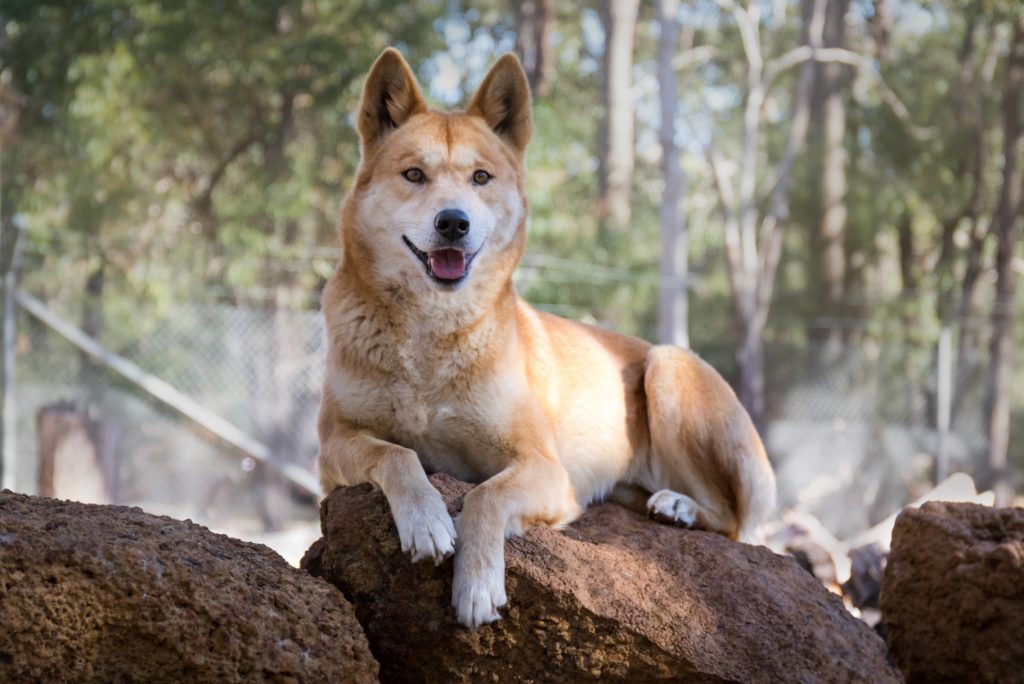
The dingo’s habitat
Dingoes used to be found across most of mainland Australia, from grasslands to deserts, rainforests to snow covered alpine regions. Since European colonisation there has been a fear of predation of livestock leading to continued efforts to eradicate dingoes from farming areas, particularly in New South Wales, Victoria, south east South Australia and south west Western Australia.
Pastoralists and the government bodies that support this industry have shot, trapped, and poisoned dingoes or destroyed dingo pups in their dens on a massive scale. The dingo is listed as vulnerable to extinction under the International Union for the Conservation of Nature: Red list of threatened animals.
What do dingoes eat?
The dingo is Australia’s largest mammal carnivore, though it occasionally eats fruits, plants and seeds. It is a opportunistic hunter, hunting mainly at dawn, dusk and during the night. Depending on the size of the prey, dingoes hunt in cooperative packs, or alone. They eat kangaroos, wallabies, feral pigs, goats, rabbits, wombats, birds and lizards.
When native species are rare, dingoes may target domestic animals and farm livestock making them very unpopular with pastoralists.
Interesting facts about the Australian dingo
Dingoes rarely bark, they communicate in wolf like howls, particularly in the evening to attract pack members or warn off intruders.
Australian dingo diet
As an apex predator dingoes play a vital role in keeping natural systems in balance. A healthy dingo population protects smaller mammals, reptiles and birds because they suppress feral predators such as cats and foxes. Dingoes also regulate the number of feral herbivores like deer, goats and rabbits, increasing food sources for smaller mammals and birds.
Major threats to the dingo
A major threat to the dingoes is loss of habitat.
Although the canid arrived in Australia thousands of years ago, it is ultimately descended from the wolf and therefore able to interbreed with imported domestic dogs producing hybrid dogs.
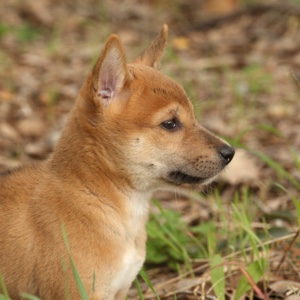
Dingoes in Western Australia: a controversy
Are dingoes endangered?
This dilution of the gene pool may lead to loss of its distinct genetic identity.
The status of dingoes as a pest is the subject of much debate. In some states they are protected, but in Western Australia they are killed along with wild dogs and hybrids. Sadly, the pure dingo is an endangered species if we fail to protect the pure genes of the Australian dingo.
Learn more about the dingoes who live at Kaarakin: our dingo sanctuary
Dingo facts
At Kaarakin we have pilbarra dingoes and alpine dingoes.
A few years ago, Glenn Dewhurst, founder of Kaarakin, was asked if he could take care of two dingo pups. The pups had lost their mother and were still very young. Glenn accepted the challenge. Once they were adults, they had 8 pups. Some had dark/ black fur. A breeder located over East proposed to exchange some of the pups with alpine dingoes.
This is how Australian Threatened Species Centre (now part of Wildlife Australia) was born in order to care for the different dingoes on site and to raise awareness about the plight of the iconic Australian dingo. Nowadays, we also have a few dark furred dingoes. You can see some of our dingoes while on tour at Kaarakin. Click here to book a private tour or encounter.
Did you know?
Wildlife Australia holds the site lease and looks after the animals left behind when the previous lessee (Cohuna) left. The Black Cockatoo Preservation Society of Australia (trading name Kaarakin Black Cockatoo Conservation Centre) rehabs and educates about wild native black cockatoos, while Wildlife Australia does the same thing for our Pilbara and Alpine dingoes.
Interested in learning more about our dingoes and how it all started?
On page 16 – 18 of our limited edition “Kaarakin Flock newspaper specially published for our 10th year anniversary, you will find many articles dealing about the dingoes who live at Kaarakin. It’s a whole section dedicated to the dingoes!
What can you do to help the dingoes?
- Recognise dingoes as an important natural predator and a vital part of the ecology and biodiversity of the Australian landscape.
- Do not feed or interact with dingoes in the wild.
- Advocate the legal protection of dingo in WA as a vulnerable/endangered species.
- Lobby the WA government to outlaw baiting, trapping, shooting or culling of dingoes in any form.
- Promote the establishment of dingo sanctuary areas, that exclude domestic dogs, to protect its genetic purity.
- Come and visit our conservation centre where we have a family of dingoes. You can book an encounter to meet and greet our friendly alpine dingoes Alex and Amy.
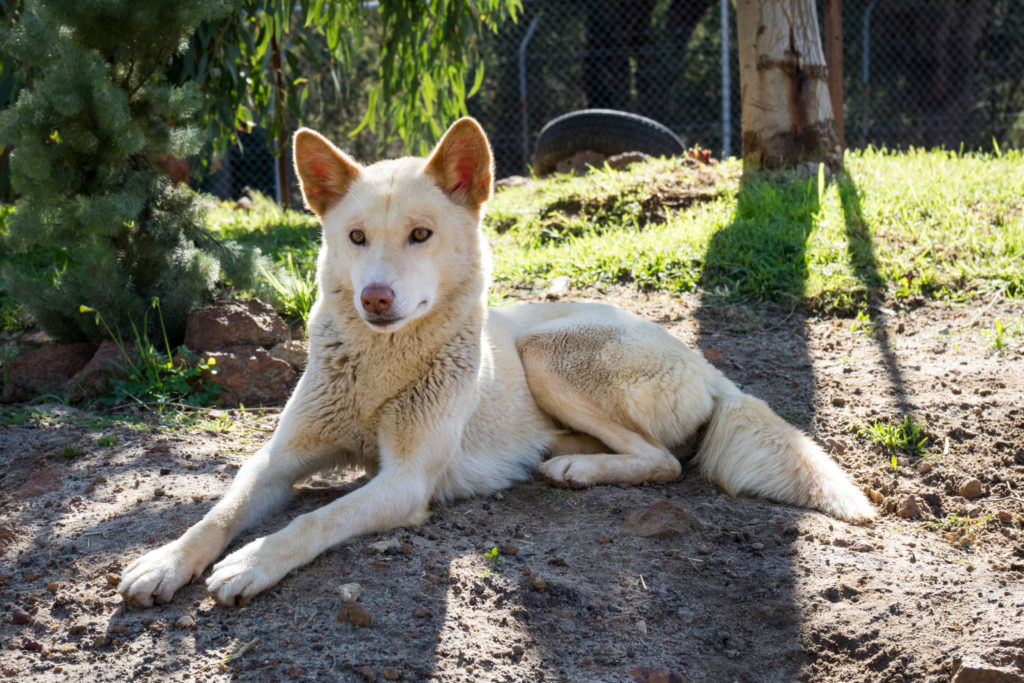

Book a dingo encounter today!
Get up close to our friendly alpine dingoes Alex and Amy!
